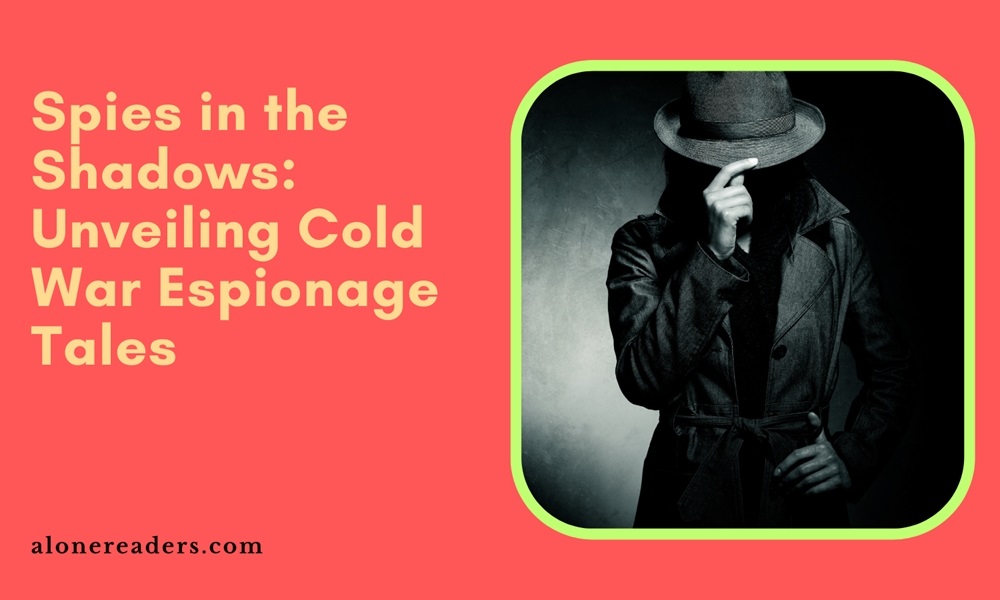
The Cold War, a period of geopolitical tension between the Soviet Union and the United States along with their respective allies, was not just a battle of ideologies and arms races. It was also an era marked by some of the most intriguing and daring acts of espionage in modern history. This article delves into the clandestine world of spies, secret agents, and covert operations that played a critical role in shaping the political landscape of the time.
The Cold War was characterized by a different kind of warfare – one that was fought in the shadows. Intelligence agencies like the CIA (Central Intelligence Agency) in the United States and the KGB (Komitet Gosudarstvennoy Bezopasnosti) in the Soviet Union were at the forefront of this silent battle. These organizations developed sophisticated networks of spies, employed advanced technology, and executed covert operations to gain an advantage over their adversaries.
Spies during the Cold War era used a variety of techniques and tools to gather intelligence. From classic methods like dead drops and covert meetings to advanced technologies for surveillance and communication, espionage tactics were continually evolving. Spy gadgets, such as hidden cameras, microdots, and disguised weapons, became essential tools of the trade.
The Stories of Legendary Spies
Several spies emerged as legendary figures during this era, known for their daring exploits and significant contributions to their respective countries. Here are a few notable examples:
Women played significant roles in Cold War espionage, often overlooked in history. Their contributions ranged from gathering intelligence to working as couriers and codebreakers. Women like Elizabeth Bentley and Virginia Hall demonstrated incredible bravery and skill, proving essential to various intelligence operations.
Beyond individual spies, covert operations conducted by intelligence agencies had far-reaching impacts. These operations included everything from election interference and propaganda campaigns to sabotage and assassinations. Such operations were often shrouded in secrecy, and many details have only come to light years after the Cold War ended.
The information gathered through espionage played a critical role in shaping the policies and strategies of the superpowers. Intelligence on military capabilities, technological advancements, and political movements informed decisions at the highest levels of government.
With the dissolution of the Soviet Union in 1991, the Cold War came to an end. However, the legacy of Cold War espionage continues to influence intelligence agencies and international relations. The tactics, techniques, and lessons learned during this period remain relevant in the modern world of espionage.
The intrigue and mystery of Cold War espionage have captured the public imagination, inspiring countless books, movies, and TV shows. From James Bond to John le Carré's novels, the allure of spies and covert operations has become a significant part of popular culture.